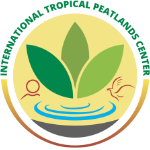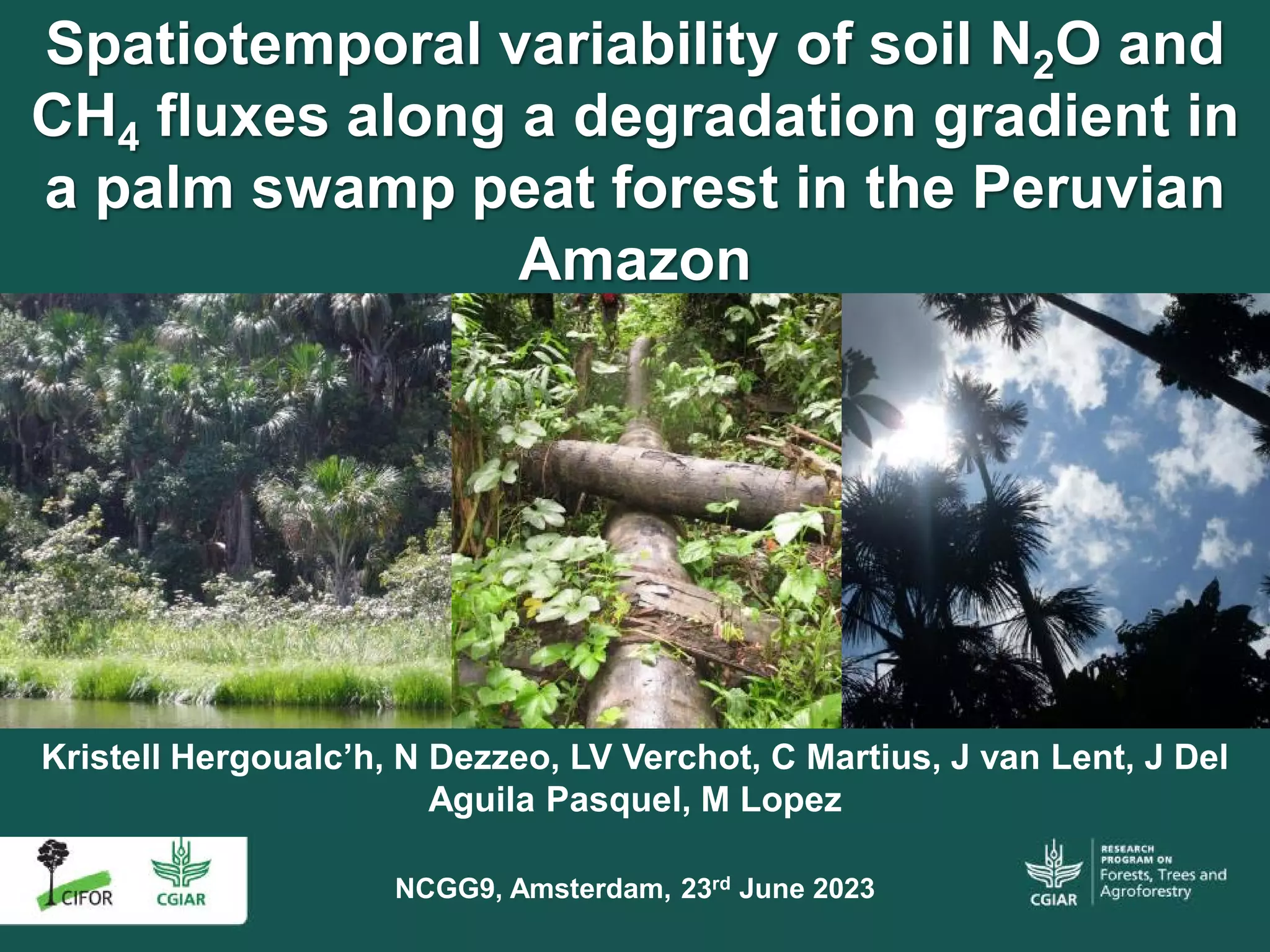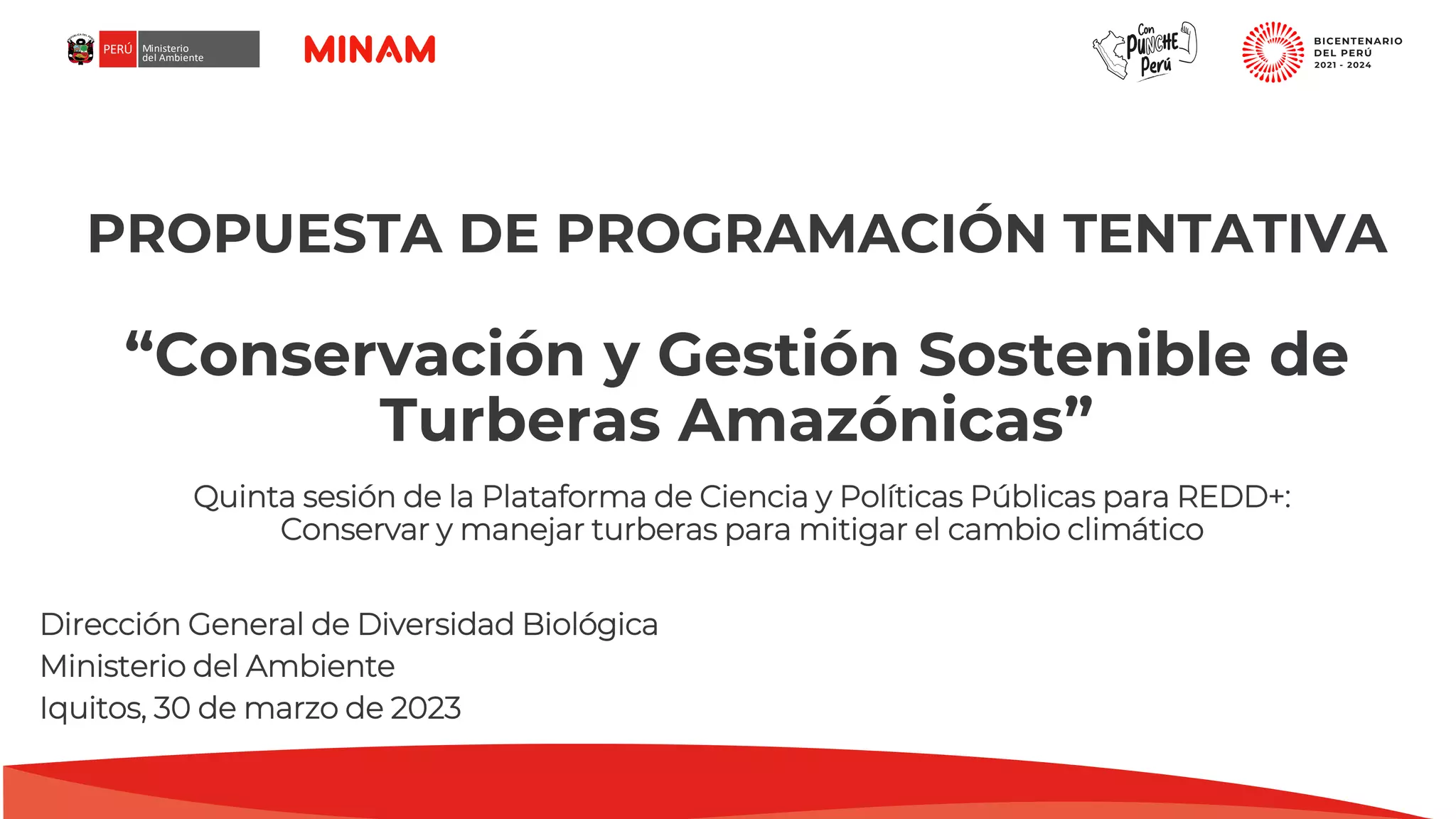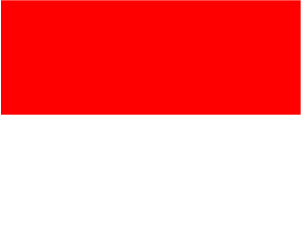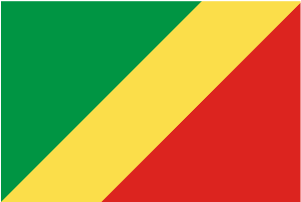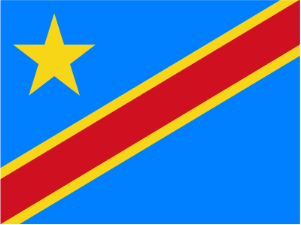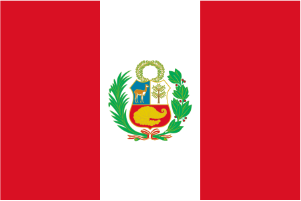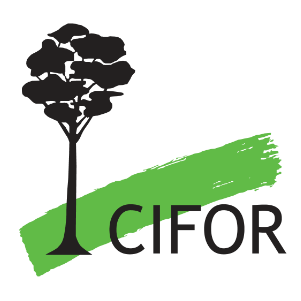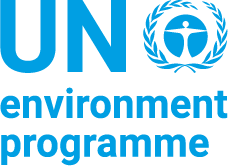
Peatland rehabilitation in Indonesia has been massively carried out since 2016 following a huge fire event in 2015. Rehabilitation efforts have so far focused only on burned areas, although non-forested areas and areas with a limited number of juveniles must also be considered for natural regeneration. Spatial mapping can identify areas that need revegetation so that resources can be used more effectively and efficiently. This study aims to map potential areas for peatland rehabilitation by determining the distribution of tree canopy cover using the Forest Canopy Density (FCD) model from Landsat 8 OLI. The area selected for study was Ex-Mega Rice Project (MRP) area in Pulang Pisau district and Palangka Raya city, which burns almost every year. The study identifies eight areas with different levels of Forest Cover Density (FCD). Our field observation confirms that the eight different areas have different levels of natural revegetation. When forest cover is 1-30% of the FCD model, natural regeneration is insufficient and revegetation is required. This study found that 34,543.3 ha or 22.1% of the area of the MRP needs to be rehabilitated. This result provides information on which areas can be naturally revegetated and which areas need to be rehabilitated. This information is important to develop a peat restoration strategy and increase the likelihood of success.
Download:
 file
file

- Authors: Aguswan, Y., Gumiri, S., Mas Sukarna, R., Permana, I.
- Author Affiliation: University of Palangka Raya
- Subjects: peatland, ecological restoration, natural regeneration, revegetation, tree canopy
- Publication type: Journal Article
- Source: Environment and Natural Resources Journal 20(4): 426-437
- Year: 2022
- DOI: https://doi.org/10.32526/ennrj/20/202200008
